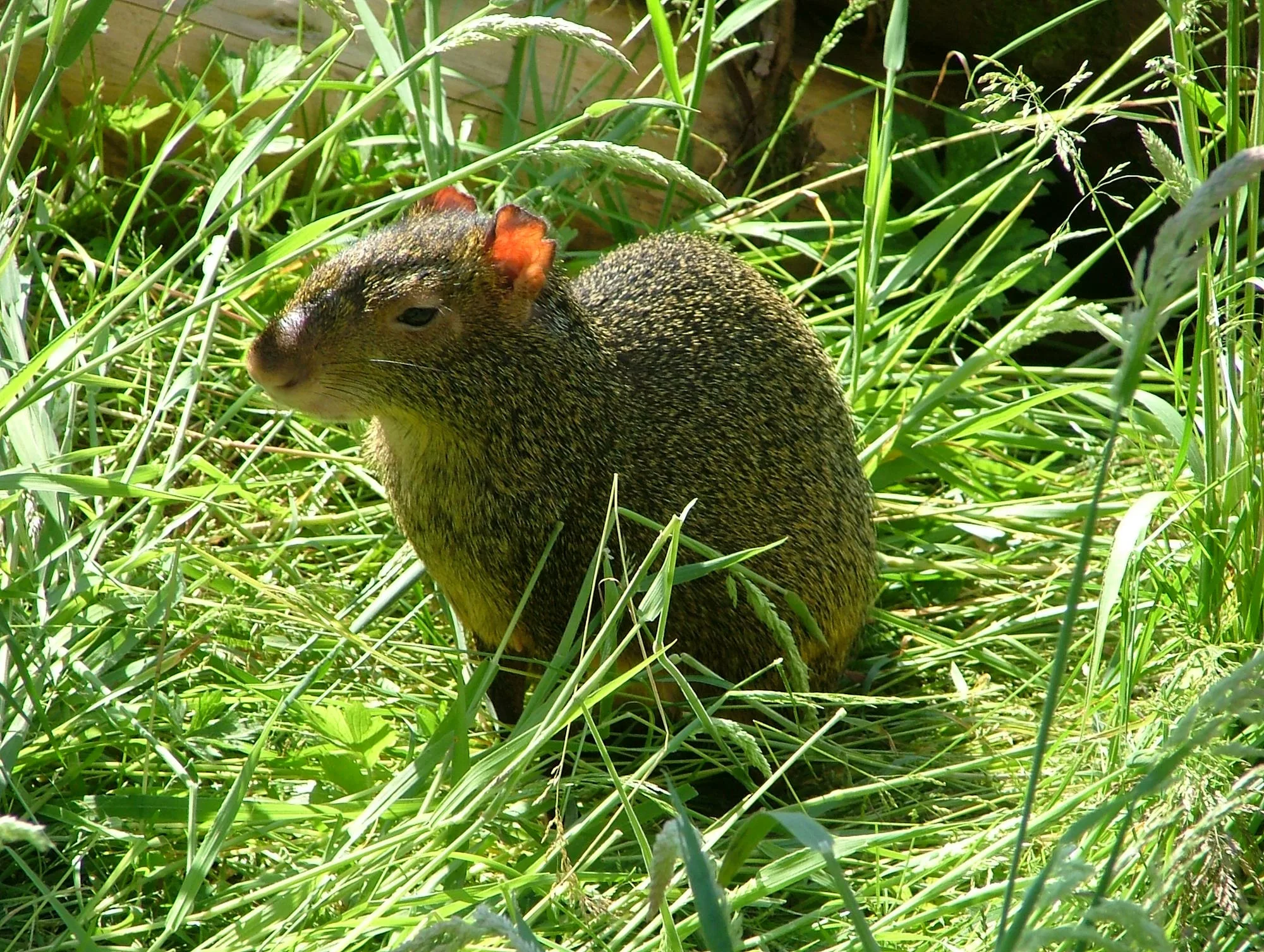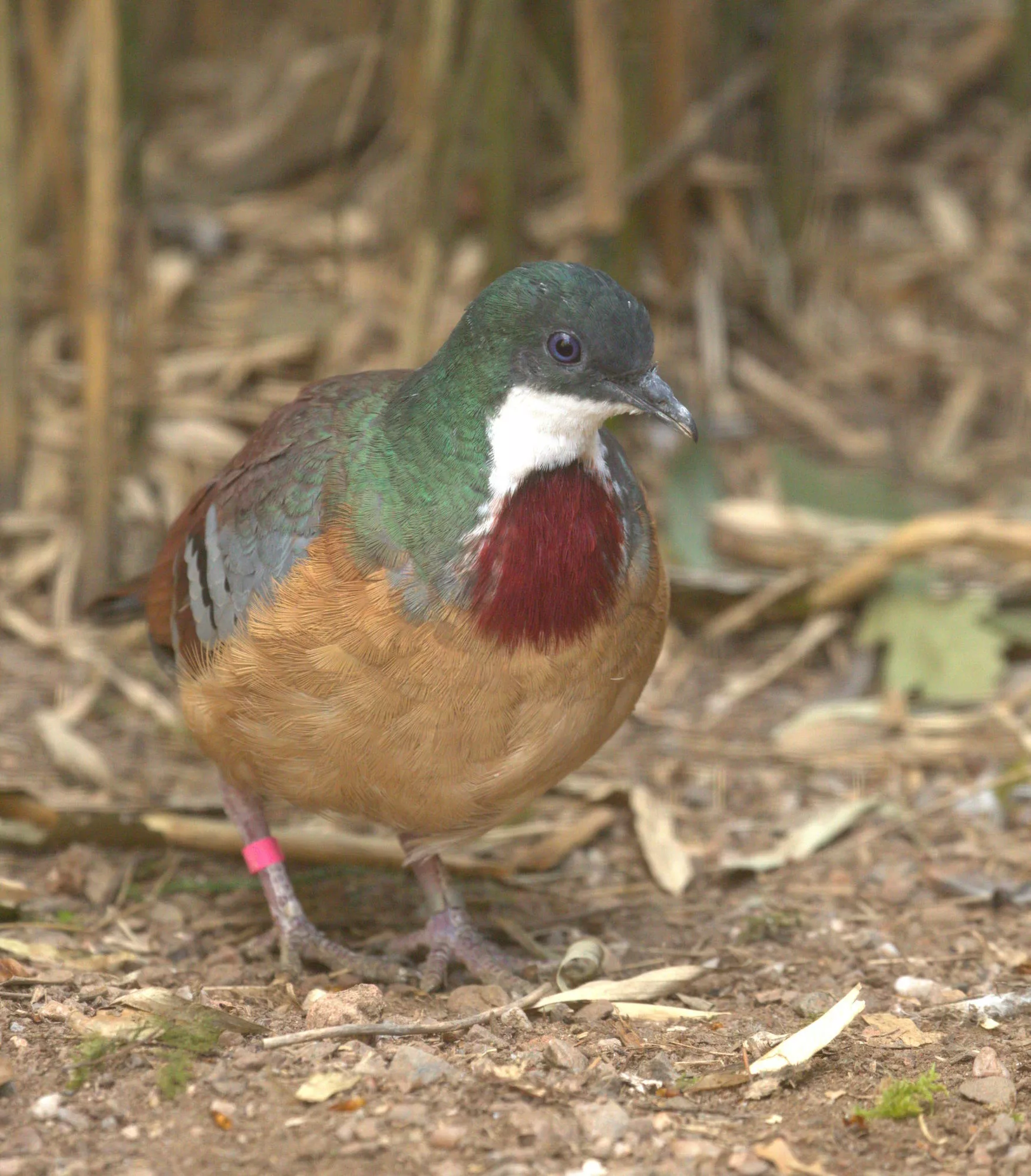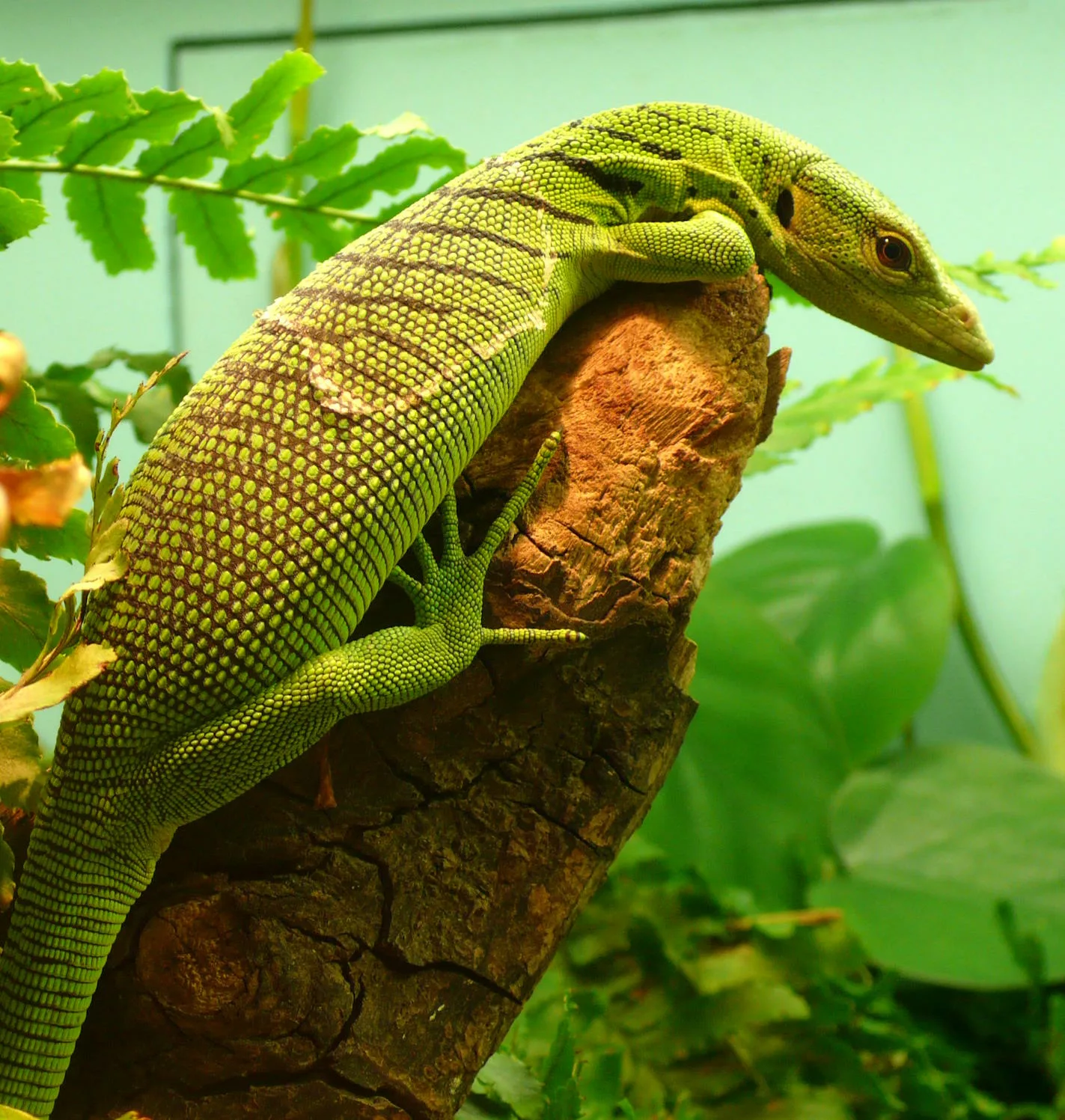
Green and black poison frog
Scientific name: Dendrobates auratus
IUCN listed as: Least Concern
Learn before you visit!
Here are some facts about the species – Discover what they eat, find out about their natural habitat, see what they like to do, and more… Set the reading style to suit you too, everyday speak or something aimed towards children.
Child-friendly
Everyday
Diet
The Green and Black Poison Frog primarily feeds on small invertebrates, such as ants, termites, and mites. These frogs use their long, sticky tongues to capture prey on the forest floor. The toxins in their skin are derived from their diet, particularly from the ants they consume. In captivity, they are provided with small insects like fruit flies and crickets to mimic their natural diet. This diet helps maintain their health and vibrant colours.
Green and Black Poison Frogs eat tiny insects like ants and termites. They catch their food with their sticky tongues. In zoos, they eat small bugs like fruit flies. Eating these insects helps them stay healthy and colourful.
Breeding
Breeding occurs year-round in humid environments. Males establish territories and call to attract females. Females lay eggs on moist surfaces, and once hatched, the tadpoles are transported to water bodies by the parents. Parental care continues until the tadpoles metamorphose into juvenile frogs. Successful breeding in captivity requires maintaining high humidity and providing suitable egg-laying sites.
These frogs can have babies all year. Males call to attract females. The mother lays eggs on wet surfaces, and parents carry the tadpoles to water. The tadpoles grow into frogs with help from their parents.
Habitat
The natural habitat of the Green and Black Poison Frog includes tropical rainforests in Central and South America, particularly in countries like Costa Rica and Panama. They thrive in humid, lowland forests with abundant leaf litter and vegetation. Habitat loss due to deforestation poses a significant threat to their populations. Conservation efforts focus on preserving these critical habitats to ensure their survival.
Green and Black Poison Frogs live in tropical rainforests in Central and South America. They need humid places with lots of plants. Cutting down forests is bad for them. Protecting their homes is very important.
At the zoo
In zoos, Green and Black Poison Frogs are kept in terrariums that replicate their natural habitat with ample humidity, vegetation, and water sources. Zoos play a significant role in conservation through breeding programs and educational exhibits. These frogs are fed a diet similar to their natural one, including various small insects. Regular health checks and environmental enrichment are crucial for their well-being in captivity.
In zoos, these frogs live in tanks that feel like their rainforest homes. They get lots of bugs to eat. Zoos help protect them by breeding them and teaching people about them. Zoos make sure they are healthy and happy.
Behaviour
These frogs are diurnal and highly territorial. Males use vocalisations to defend their territory and attract mates. They are known for their bright green and black coloration, which serves as a warning to predators about their toxicity. Understanding their behaviour is essential for effective conservation and care in captivity. Their vibrant appearance and unique behaviours make them popular in educational displays.
These frogs are active during the day and defend their space. Males call to attract females and scare off other males. Their bright colours warn predators that they are poisonous. Learning how they behave helps us protect them.
Fun facts
- Bright Colours: Their bright green and black patterns warn predators of their toxicity.
- Sticky Tongues: They catch insects with their long, sticky tongues.
- Parental Care: Parents carry tadpoles to water after they hatch.
- Toxin Source: Their toxins come from the insects they eat.
- Rainforest Homes: They live in tropical rainforests in Central and South America.
- Bright Patterns: Their green and black colours warn that they are poisonous.
- Catching Food: They use sticky tongues to catch bugs.
- Caring Parents: Parents help their tadpoles get to water.
- Poisonous Food: They get their poison from the bugs they eat.
- Rainforest Life: They live in rainforests in Central and South America.
More animals to discover at our zoo
Quick Links
Tickets & Prices
You can buy tickets for Exmoor Zoo securely online, as well as finding out more price options, discover offers, and more…
What’s on…
Exmoor Zoo hosts incredible Events all through the year. You can find out about what we’ve got in store here…
Routes & info
Like any great discovery, Exmoor Zoo can feel a little off the beaten path – but don’t worry – you can plan your journey with our recommended routes and other useful travel info.



























